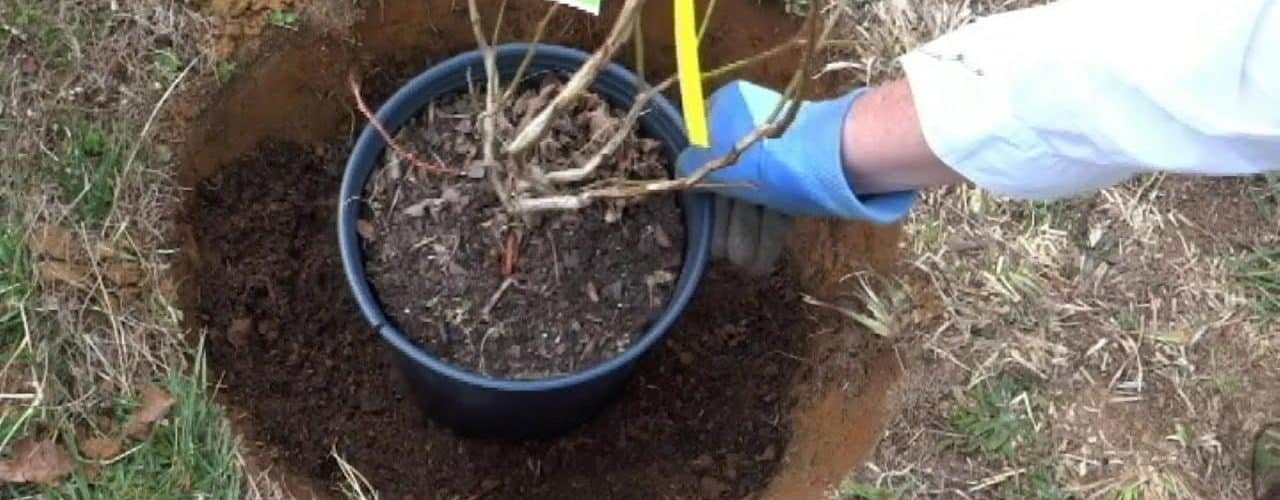Blueberries are a great addition to any garden or yard. The blueberry bush is very sharp looking and produces a healthy, tasty fruit. What more could you ask for out of a bush? To plant a blueberry bush, it is best to first go to your local nursery and purchase a new one that is already potted. This way you can pick this right spot in your yard and just transplant it exactly where you want it.
Blueberries grow best when they have full, direct sunlight. Therefore, it is important to pick out the proper spot in your yard or your garden with lots of sunlight so that the blueberries can grow perfectly. Additionally, blueberries grow best in a specific type of soil. Acidic soil, of about pH 4 is ideal for blueberries. Interestingly enough, blueberries like clay and rocky type soils. Because these soils are usually poor for many other plants, putting a blueberry bush here is a great alternative. Although blueberry bushes do well in acidic soils, there is a little more you need to do to your soil to allow them to grow to their fullest potential. Make sure that you add ample amounts of compost or manure to provide sufficient nutrients to the bush. If you do not add manure, or something of the sort, your blueberry bush will look anemic and under grown.
When planting blueberry bushes, make sure they are adequately spaced out. The blueberry bushes are generally recommended to be spaced about six feet apart from one another. They tend to grow horizontally at times, and do not tolerate overcrowding very well. Another trick to producing a very healthy blueberry bush is to surround the bush with mulch. Mulch keeps the moisture content in the soil beneath it very high. This way the roots of the blueberry bush will be supplied with plenty amounts of water. Fertilizer also helps with the growth of this bush. Two applications of fertilizer should be sufficient for maintaining the integrity of the bush. Fertilize once after the last frost in the spring and once before the first frost in the fall. New buds will be more plentiful because of this second application of fertilizer.
Most people who plant blueberry bushes for the first time expect to have blueberries that year. Much to their dismay, blueberry bushes do not produce fruit until the third year! That means you must wait two full summers until the bush produces blueberries. This is important to remember because many people will simply give up on their blueberry bush.
Another nice feature of the blueberry bush is the relatively low maintenance. Once the bush has produce fruit in its third year, it is usually self-sufficient. Yes the bush will still need to be watered, however, if you forget about it for a few weeks, most likely the bush is still going to produce and thrive. One drawback of blueberries is that they lure birds. Bird netting might be necessary to keep them away.
Finally, when pruning your new blueberry bush, be sure to be careful. Keep in mind that as you prune new growth, it will not produce as many blueberries that upcoming year. Therefore, you should try to prune just the dead or diseased branches and maintain the newer growth. This is another reason why you should plant your blueberry bush with ample space to grow and mature so that you can preserve and accommodate the new growth. Interestingly, however, when the new growth is pruned, the blueberries, although fewer, increase in size. Consequently, if you want a bush with bigger, juicier blueberries, you should be sure to prune adequately.



